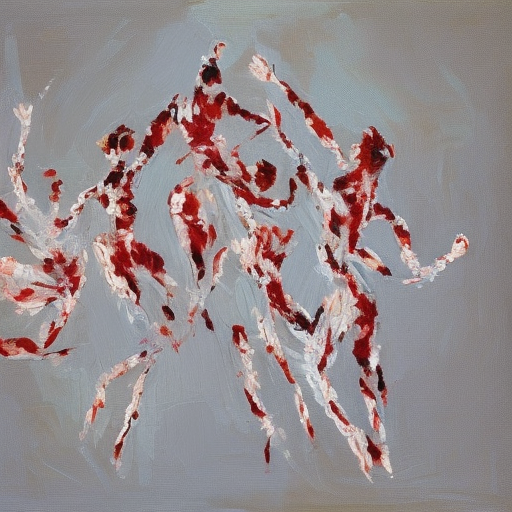Summary:
Art critics play a crucial role in the art world by analyzing and evaluating artworks, providing insights and interpretations that help shape public opinion. They often write reviews for newspapers, magazines, and online platforms, offering their expertise and knowledge to guide audiences in understanding and appreciating art. Art critics employ various approaches and methodologies to assess artworks, considering factors such as technique, composition, historical context, and cultural significance. Their critiques can influence the reception and reputation of artists and artworks, making them an important voice in the art community.
Role and Responsibilities:
Art critics serve as mediators between artists and the public, offering their expertise to bridge the gap between the artwork and its audience. They attend exhibitions, visit galleries, and engage with artworks firsthand to form their opinions. Art critics are expected to have a deep understanding of art history, theory, and contemporary trends, enabling them to provide informed analysis. They evaluate artworks based on their aesthetic qualities, technical skill, conceptual depth, and originality. Art critics also consider the social, political, and cultural contexts in which artworks are created, examining how they reflect and comment on the world around them.
Approaches and Methodologies:
Art critics employ various approaches and methodologies to analyze and interpret artworks. Some focus on formal elements such as color, composition, and technique, examining how these elements contribute to the overall aesthetic experience. Others emphasize the conceptual aspects of art, exploring the underlying ideas, themes, and narratives. Some critics adopt a historical perspective, situating artworks within a broader artistic tradition and tracing their influences. Additionally, art critics may consider the cultural and social implications of artworks, examining how they address issues such as identity, power dynamics, and social justice.
Impact and Influence:
Art critics have the power to shape public opinion and influence the reception of artworks. Their reviews can introduce artists to new audiences, enhance an artist’s reputation, or contribute to the success or failure of an exhibition. Positive reviews can generate interest and excitement, attracting visitors to galleries and museums. Conversely, negative reviews can deter potential viewers and impact an artist’s career. Art critics also contribute to the broader discourse surrounding art, sparking discussions and debates about artistic trends, movements, and ideas. Their writings can inspire further analysis and scholarship, deepening our understanding of art and its cultural significance.
Controversies and Criticisms:
Art criticism is not without its controversies and criticisms. Some argue that critics impose their subjective opinions and biases onto artworks, limiting their interpretation and stifling artistic freedom. Others question the authority and relevance of art critics in an age of democratized access to information and diverse perspectives. Additionally, the influence of art critics can be seen as reinforcing existing power structures within the art world, favoring certain artists, galleries, and institutions over others. Despite these criticisms, art critics continue to play a vital role in shaping the discourse and appreciation of art.
Conclusion:
Art critics fulfill an essential role in the art world, providing analysis, interpretation, and evaluation of artworks. Their expertise and insights help guide audiences in understanding and appreciating art, while also contributing to the broader discourse surrounding artistic trends and ideas. While controversies and criticisms exist, the influence of art critics remains significant, making them an important voice in the art community.












